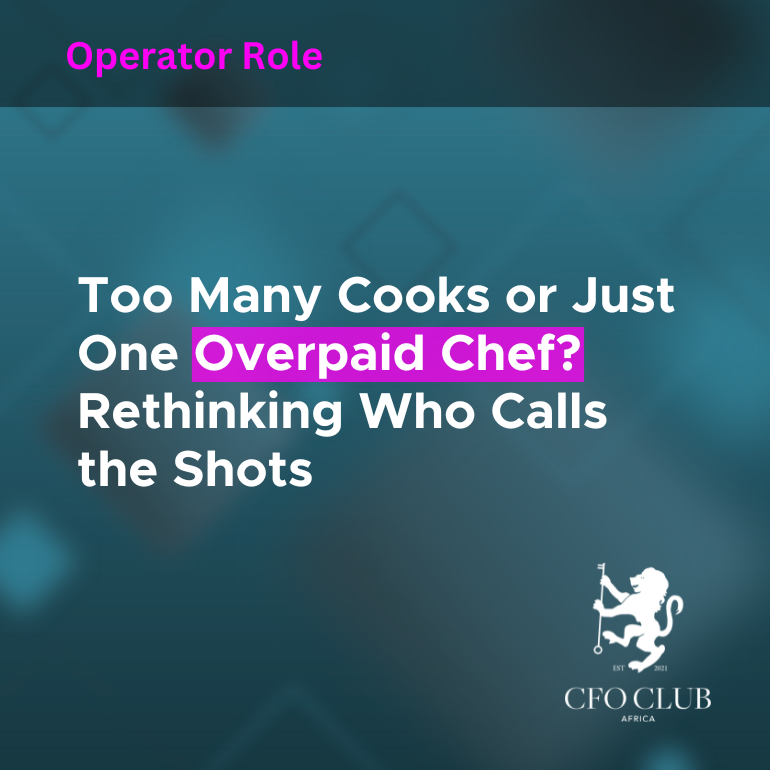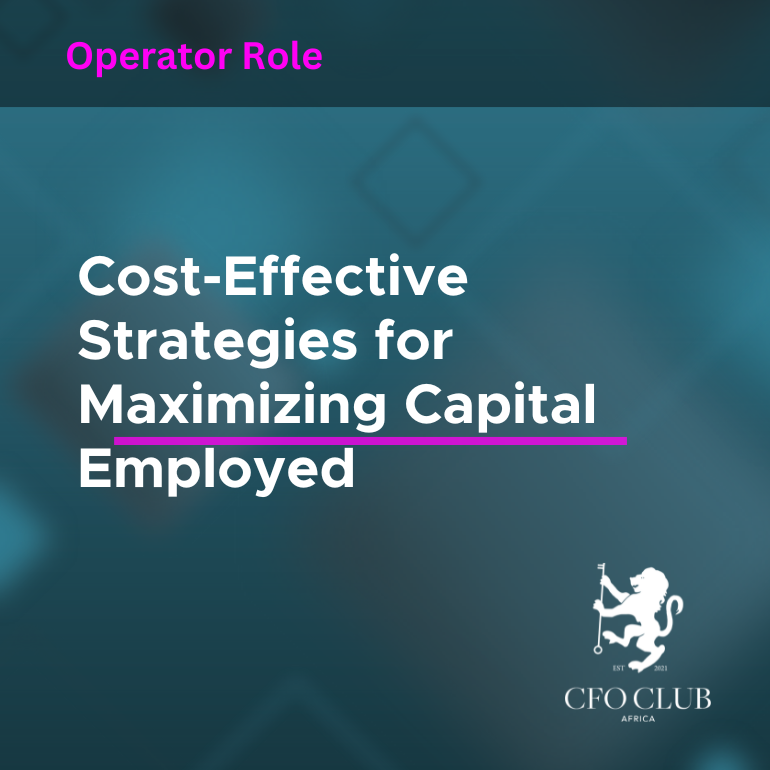Too Many Cooks or Just One Overpaid Chef? Rethinking Who Calls the Shots
Too Many Cooks or Just One Overpaid Chef? Rethinking Who Calls the Shots
When a business is trying to recover from financial strain or operational failure, structure matters more than most leaders realise. The way decisions are made can either help the business respond faster or trap it in red tape. During a recovery, choosing between a centralised or decentralised approach is not just a theoretical exercise. It affects how quickly problems are solved, how well money is managed, and how soon the organisation starts to see progress.
This is not about choosing one side forever. Both approaches serve a purpose. The challenge is knowing when to apply each one. Get it wrong, and the result is wasted time, unnecessary frustration, and even more financial pressure.
When Centralisation is the Right Starting Point
In the early days of a crisis or recovery, many businesses choose to centralise decision-making. This response is not only common, it is often necessary. When there are compliance risks, cash flow problems, or gaps in accountability, bringing control into a smaller, more focused team can help create order and reduce risk.
For finance professionals, centralisation means gaining clarity. It simplifies oversight, reduces duplication, and allows the finance team to track what is happening in real time. With one version of the numbers and fewer layers of decision-making, it becomes easier to stop overspending, apply controls, and deal with urgent financial issues.
However, centralisation is a short-term solution. If it becomes permanent, it starts to slow the business down. People at the operational level wait too long for decisions. Opportunities are missed. Teams become disengaged. Eventually, what started as a necessary control becomes a barrier to recovery.
Why Decentralisation Speeds Up Recovery
As soon as the business begins to stabilise, decentralisation becomes more effective. This does not mean removing all controls. It means giving the right people the authority to act.
Business units recover faster when they are trusted to manage their own operations. People on the ground understand their customers and challenges better than anyone in head office. Giving them control over budgets, hiring, pricing, and strategy makes them more accountable and more motivated.
In this model, the finance team takes on a new role. Instead of controlling every detail, finance becomes a strategic partner. It provides performance data, financial tools, and clear targets. It checks the quality of decisions without preventing them. The shift from gatekeeper to enabler allows the business to move more quickly and recover with greater confidence.
The Timing Matters
There is no single right structure for all situations. The key is understanding when to use each approach. At the start of a recovery, centralisation helps restore control. As soon as the business starts showing signs of stability, decentralisation helps unlock growth.
Some businesses make the mistake of staying centralised for too long. They protect decision-making at the top and leave operational teams powerless. Others decentralise too quickly, before fixing core issues, and create confusion. The best leaders recognise that structure must change as the business changes.
A phased approach often works well. Start by giving business units more control over their own spending or by assigning responsibility for specific cost centres. Let decentralisation grow gradually, based on results and trust.
The CFO’s Role in Building the Right Structure
Chief Financial Officers have a unique role in deciding how the business is structured during recovery. Their insight into risk, cash flow, and operational performance gives them the perspective to shape decision-making frameworks that support both control and agility.
In a centralised phase, the CFO enforces strong controls and ensures that reporting is consistent and accurate. In a decentralised phase, the CFO shifts focus to building systems that help business units make informed choices. This includes setting performance indicators, training managers to read and interpret financial reports, and maintaining oversight without micromanagement.
Good finance leadership is not about saying yes or no to every decision. It is about giving others the tools to decide well.
Structure Alone Will Not Fix the Business
Whether the organisation is centralised or decentralised, it must be built on reliable financial data, clear accountability, and aligned goals. Without this foundation, neither model will deliver results.
A decentralised structure only works when business units are financially literate and understand how their actions affect the bigger picture. A centralised structure only works when head office understands what is really happening in operations. The finance team must bridge that gap.
Most importantly, structural decisions must always support the recovery plan. If the current structure does not help teams respond quickly, manage resources effectively, or regain customer confidence, it needs to change.
Making Structure Work for Recovery
Decentralisation and centralisation are tools, not ideologies. They work best when used intentionally and flexibly. The CFO’s job is to make sure structure serves the business strategy, not the other way around.
The structure must enable faster decision-making, stronger ownership, and clear financial accountability. It must help the business respond to changing conditions while protecting against unnecessary risk. When structure is aligned with purpose, recovery becomes more than possible. It becomes sustainable.





